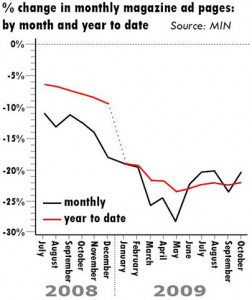 The newspaper industry’s malaise has spread to the magazine business. Ad pages were off 20.1% in the most recent month, according to Media Industry Newsletter (Min), and those figures are down from an already depressed October last year. Of the 155 titles tracked by Min, 143 are down for the year. The carnage is worst in luxury titles like Architectural Digest (down 49.4%), Veranda (down 47.4%), W (down 45.5%), Town & Country (down 45.2%), Conde Nast Traveler (down 45.1%) and Gourmet (down 42.7%). Bucking the trend is Family Circle (up 13.9%) and several fitness titles.
The newspaper industry’s malaise has spread to the magazine business. Ad pages were off 20.1% in the most recent month, according to Media Industry Newsletter (Min), and those figures are down from an already depressed October last year. Of the 155 titles tracked by Min, 143 are down for the year. The carnage is worst in luxury titles like Architectural Digest (down 49.4%), Veranda (down 47.4%), W (down 45.5%), Town & Country (down 45.2%), Conde Nast Traveler (down 45.1%) and Gourmet (down 42.7%). Bucking the trend is Family Circle (up 13.9%) and several fitness titles.
The magazine industry’s troubles can be traced to the alarming trends in newsstand sales, which are off 37% since 2001, according to MediaPost. Newsstand sales are important because they’re far more profitable than subscription sales and are also a significant source of circulation promotion. However, it appears that not many people are buying magazines on newsstands any more. Check out these numbers covering total annual newsstand sales:
|
Title |
2001 |
2009 |
Change |
| Woman’s Day | 1,610,000 | 410,147 | -74.5% |
| Redbook | 556,355 | 154,609 | -72% |
| Playboy | 522,804 | 203,245 | -71% |
| Country Living | 380,192 | 134,884 | -64.5% |
| National Enquirer | 1,648,554 | 591,269 | -64% |
| Reader’s Digest | 749,099 | 270,045 | -64% |
| ESPN The Magazine | 54,346 | 25,154 | -63% |
One title that’s gone against the grain over the last eight years is The Economist, which is up 82% in that time. One reason might be innovations like a new service that enables New York City residents who receive text alerts from the magazine to order single copies delivered overnight. As long as the order is placed by 9 p.m. on Thursday, the customer can have a hard copy of that week’s new issue in hand in time for the Friday commute. That’s before the newsstands are even stocked. The Economist says it can provide the service at no additional charge over the newsstand price because it doesn’t have to pay distribution middlemen.
Not that magazines’ troubles are any solace to beleaguered newspaper publishers. Fitch Ratings says the decline in newspaper ad revenues will continue for at least another year, due to continued weakness in the print advertising market. The forecast is especially dour because it comes off terrible 2008 numbers and because most media markets are expected to enjoy a modest upturn in 2010 off of dismal results this year. PriceWaterhouseCoopers earlier forecast incremental newspaper advertising declines of 4.5% a year through 2013, noting that circulation revenue is falling in line with readership. Meanwhile, publishers are relying more and more upon circulation revenue to boost the bottom line. MediaPost documents several recent price increases by daily publishers and notes that circulation now makes up 39% of The New York Times revenue, compared to 27% five years ago.
Coupon Clipping
We somehow missed writing about this two months ago, when the survey was released, but the Newspaper Association of America just spent a lot of money on research that demonstrates that consumers rely upon newspaper advertising as an essential shopping tool. The survey of more than 3,000 consumers found that 59% cited newspapers as the “medium they use to help plan shopping or make purchase decisions,” while 82% “took action as a result of newspaper advertising.” Other media were way behind.
When you think about it, these results aren’t surprising. Retail purchases are local, and newspapers still do the best job of delivering local advertising. It’s also less convenient for a consumer to print and clip a coupon from the Internet than it is to cut it out of the newspaper. Finally, local display advertising has a better chance of catching the attention of passersby than an online banner ad, which many people block anyway. One thing the research makes clear is the importance of coupons: 90% of respondents said the presence of a coupon made it more likely they would read or look at an ad, making it the single most important influencing factor in stimulating an action. The NAA released the research as a series of short reports, all of which can be downloaded here.
Another Case Against Paid Content
Programmer guru Paul Graham has a pretty good essay on why people won’t pay for content. He notes that the print publishing model is based on selling paper more than it is on selling information. The more paper publishers can produce, the more revenue they generate. This is why the industry is in the doldrums now. He also suggests that the iTunes model is a poor one for publishers to emulate. “iTunes is more of a tollbooth than a store. Apple controls the default path onto the iPod…Basically, iTunes makes money by taxing people, not selling them stuff.” Well, not really. There are other ways to load up an iPod, it’s just that Apple has found the threshold of pain for paid content and manages to squeeze in just under it. The point about tollbooths is important, though. “A toll has to be ignorable to work.” Maybe that’s why micropayments have a chance.
Harkening back to arguments made earlier by Chris Anderson, Graham notes that the worst place to be is in the copying business. Consumers now perceive anything that’s distributed as a “copy” to be of low value. The reason movie and game producers manage to maintain high price points for their products is because they’re in the experience business, not the copy business. Perhaps that’s where publishers need to be, although their background as publishers gives them no particular head start in getting there.
And Finally…

Cuitlacoche, or fungus in a can
Meet Steve. He’s married, has kids, could be your neighbor or your boss or your underling. Steve is a writer, whether he thinks of himself that way or not. Steve proves the point that King Content rules the social media kingdom. Steve is gross and uses foul language. Steve is racy. Steve is one of the funniest bloggers we’ve found on the Internet. You see, Steve finds “food” that no mortal would dare eat (including, but not limited to, Ralph’s Potted Meat Food Product, Dolores Brand Pickled Pork Rinds, Cuitlacoche — “a black fungus that infects corn fields, making the kernels bulbous and swollen as they fill with spores”) and, well, scarfs it down.
How do we know he’s not lying to us? Because he very explicitly reviews each product after he tastes it. Texture, smell, taste, everything. Could he be making up his reviews? Of course, but far be it from us to correct him. We’ll leave the job of testing to him; we just hope his hospital visits are insured.
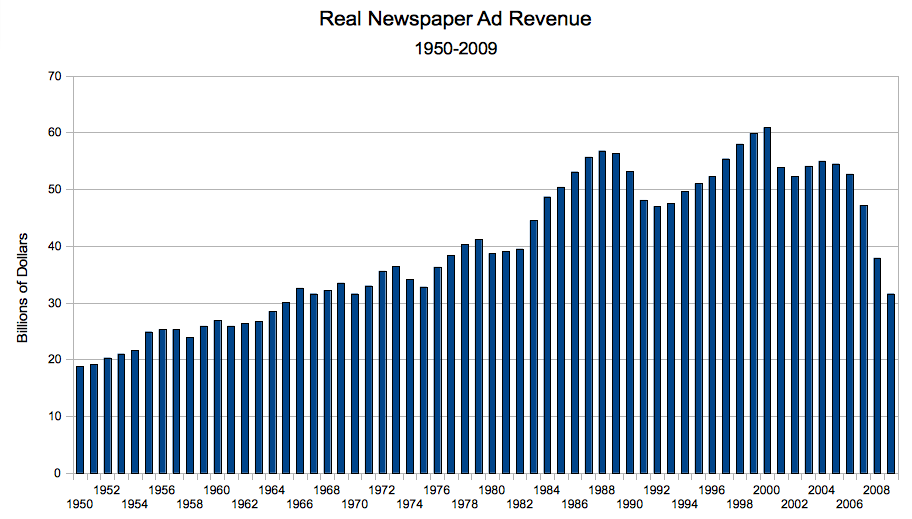
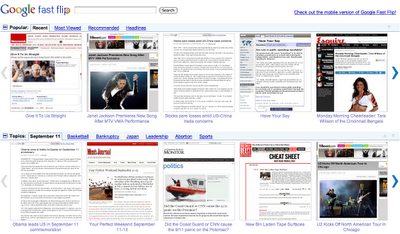
 Newspaper layoffs have hit young people the hardest
Newspaper layoffs have hit young people the hardest Amid the wreckage of the media industry, there is at least
Amid the wreckage of the media industry, there is at least 
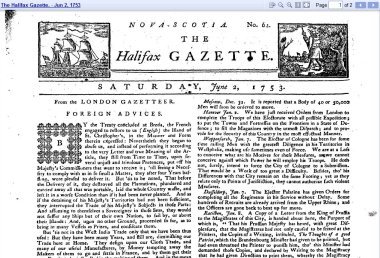

 Another group of Rocky Mountain News ex-pats is
Another group of Rocky Mountain News ex-pats is 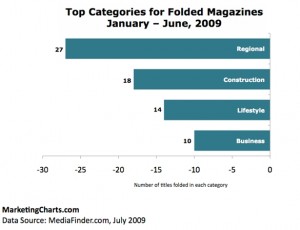

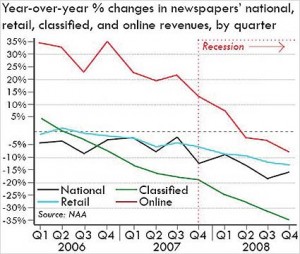


 Yes we can. We just found it on Twitter. And if you came here looking for breaking news about the latest layoffs and cutbacks, you’re wasting your time. This is a daily blog, which is so last year. Instead, subscribe to
Yes we can. We just found it on Twitter. And if you came here looking for breaking news about the latest layoffs and cutbacks, you’re wasting your time. This is a daily blog, which is so last year. Instead, subscribe to 

